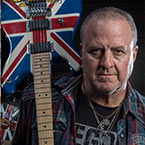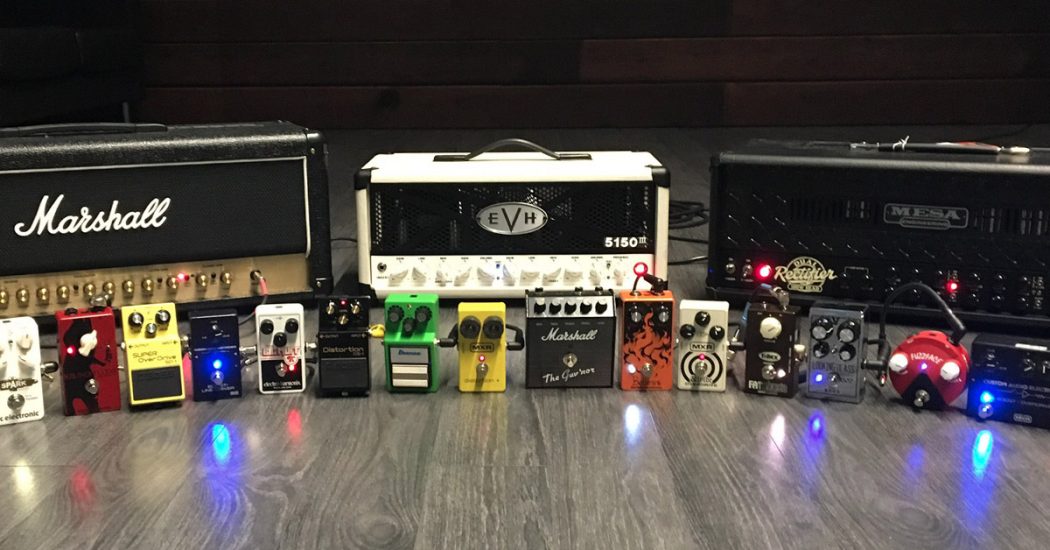
In the delightfully distorted world that is hard rock and heavy metal, high-gain amps (invariably tube-driven ones) aren’t considered an option — they’re a necessity. And, not surprisingly, given this multifaceted genre’s seemingly insatiable appetite for 6-string saturation, guitar-amp gain controls now go way past Nigel Tufnel’s legendary “11.”
Surprisingly though, a lot of the most-lauded and sought-after high-gain sounds were actually created by the player doing the seemingly unthinkable: backing the amp’s gain control down and then hitting the amp’s input hard. This age-old practice is often called “front-ending” the amp and is done via one or more of the following methods:
- High-output pickups
- A preamp built into the guitar
- A stompbox that boosts the level of the guitar signal (be it a boost, an overdrive, a distortion, a graphic EQ, or a parametric EQ pedal)
- An effects unit, such as a tape echo, that can increase the level of the guitar’s signal via its built-in preamp
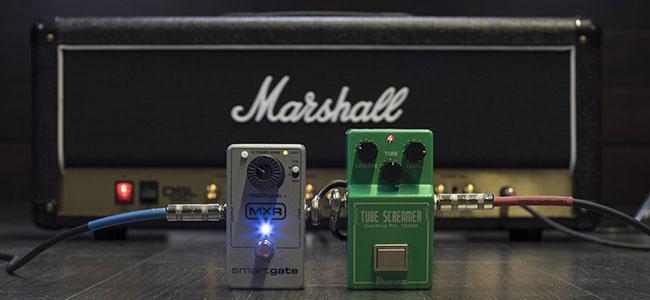
In the old days (the ’70s and ’80s), when master-volume amps — such as the legendary Marshall JCM800 — ruled the roost, such methods were mandatory as hard rockers needed more gain than the amp could provide. Take Zakk Wylde, for example. During his long tenure as a JCM800 (ab)user, his overdrive pedal was on all the time, except on those relatively rare occasions when he played clean.
But even when amps were created that provided all the gain needed (and then some), many players still created their magic by turning the amp’s gain down and front-ending it with high-output pickups and some form of booster pedal, with a noise gate invariably after the boost to ensure total silence when they weren’t playing.
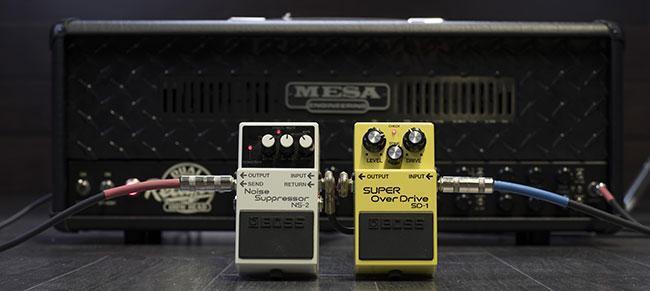
Why have a plethora of great players, including Jake E. Lee, Slash, Kerry King, Misha Mansoor, Adam Dutkiewicz, and the late, great Dimebag, all done this? Because it alters the amp’s behavior. The resulting overdrive sounds and feels different when front-ending is employed.
For example – the deservedly lauded Ibanez Tube Screamer adds extra “crunch” to your tone, creating a mid-range hump while rolling off both highs and lows – making it the perfect “frontending” stompbox for detuned axes as its engagement helps remove unwanted low-end flubbiness. Other overdrive and distortion devices have their own unique sonic character too. Experiment – using your axe and your amp – to see what suites your taste and playing style best. “One man’s meat is another man’s poison” is an age old adage that definitely plays true here.
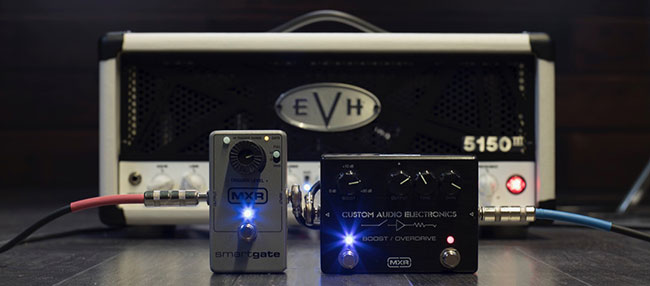
So, what are you waiting for? Try it! Turn your amp’s gain down a few notches and then hit the input hard with an overdrive pedal with its gain control low and its volume control cranked. The resulting sound and feel might not only surprise you but also delight you!


